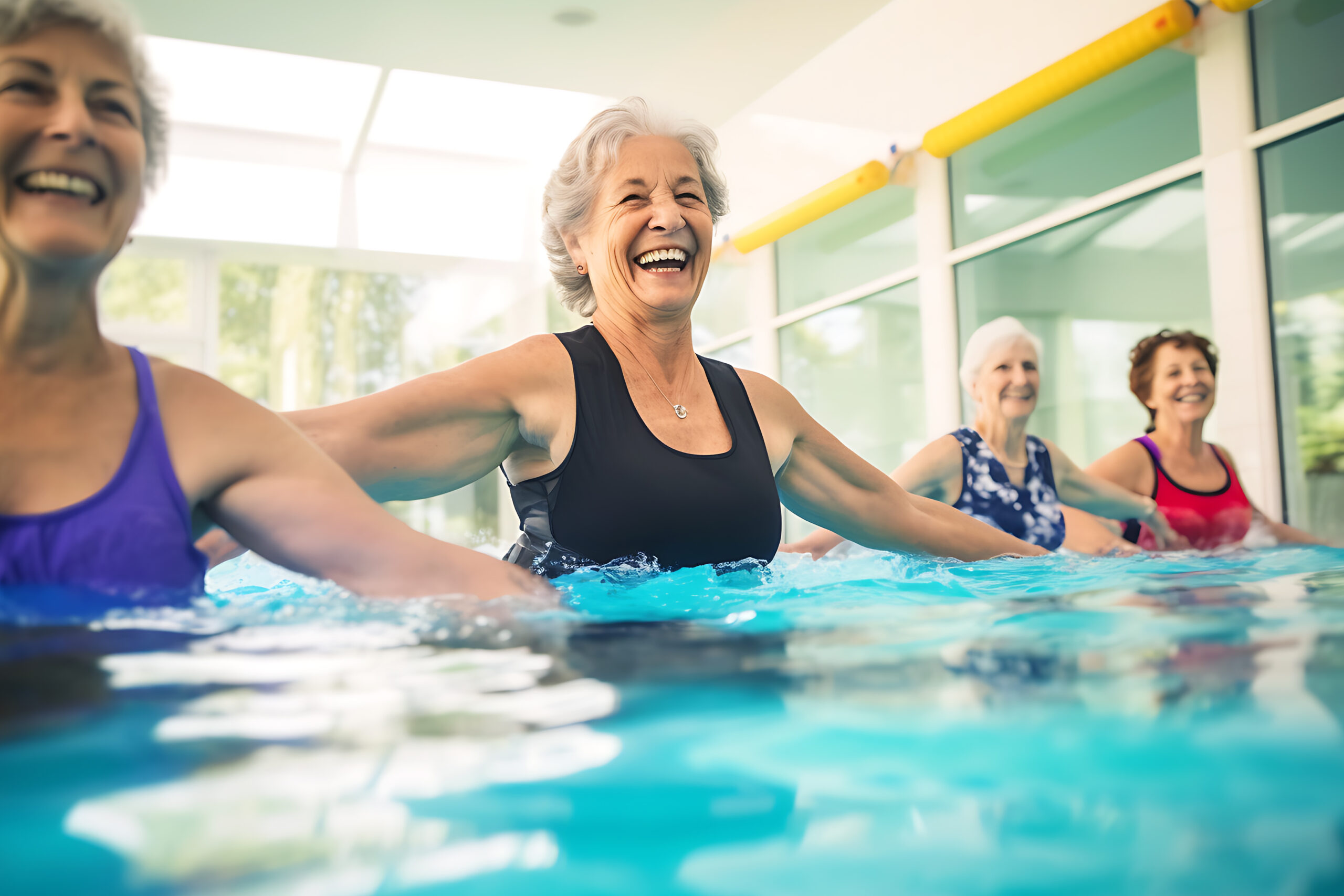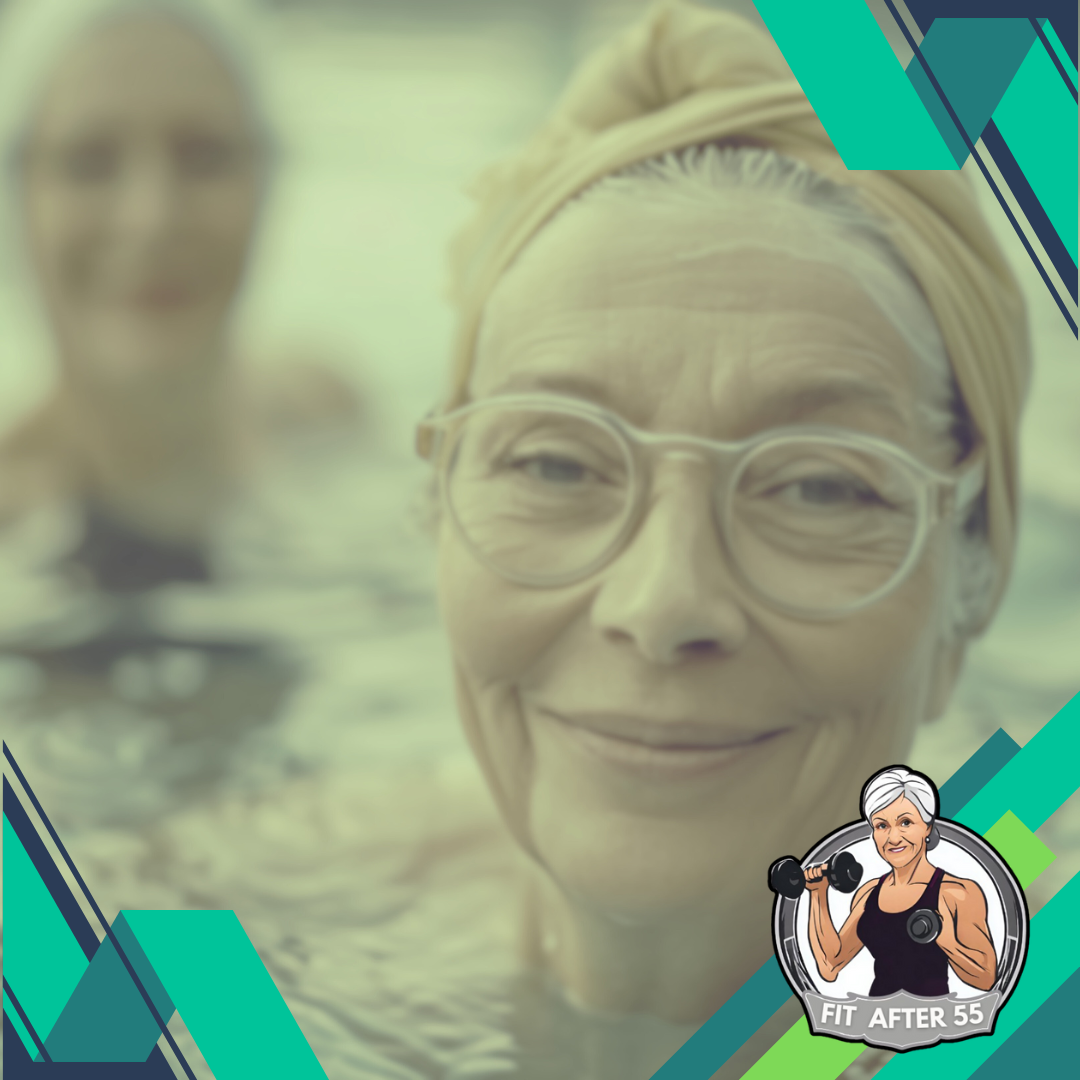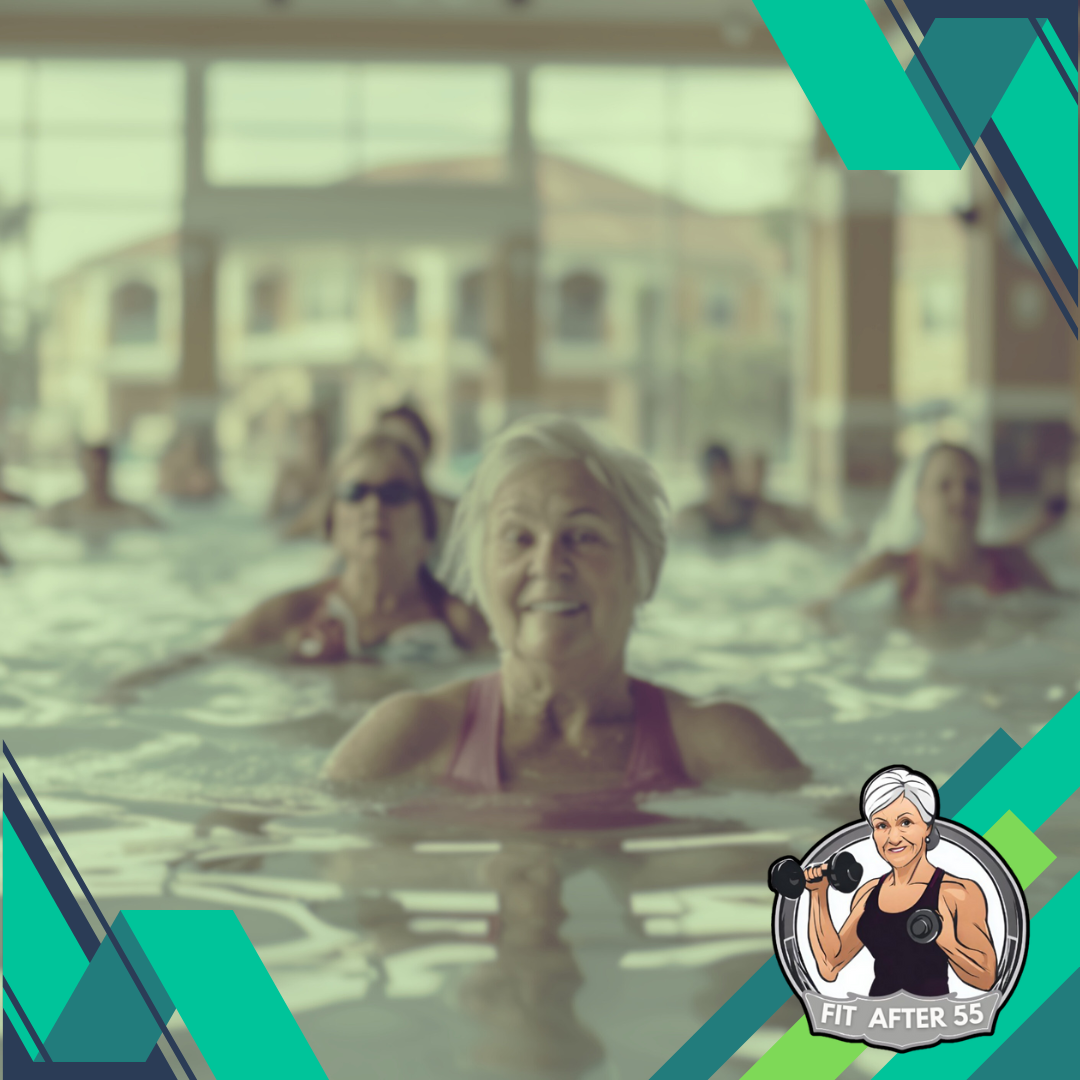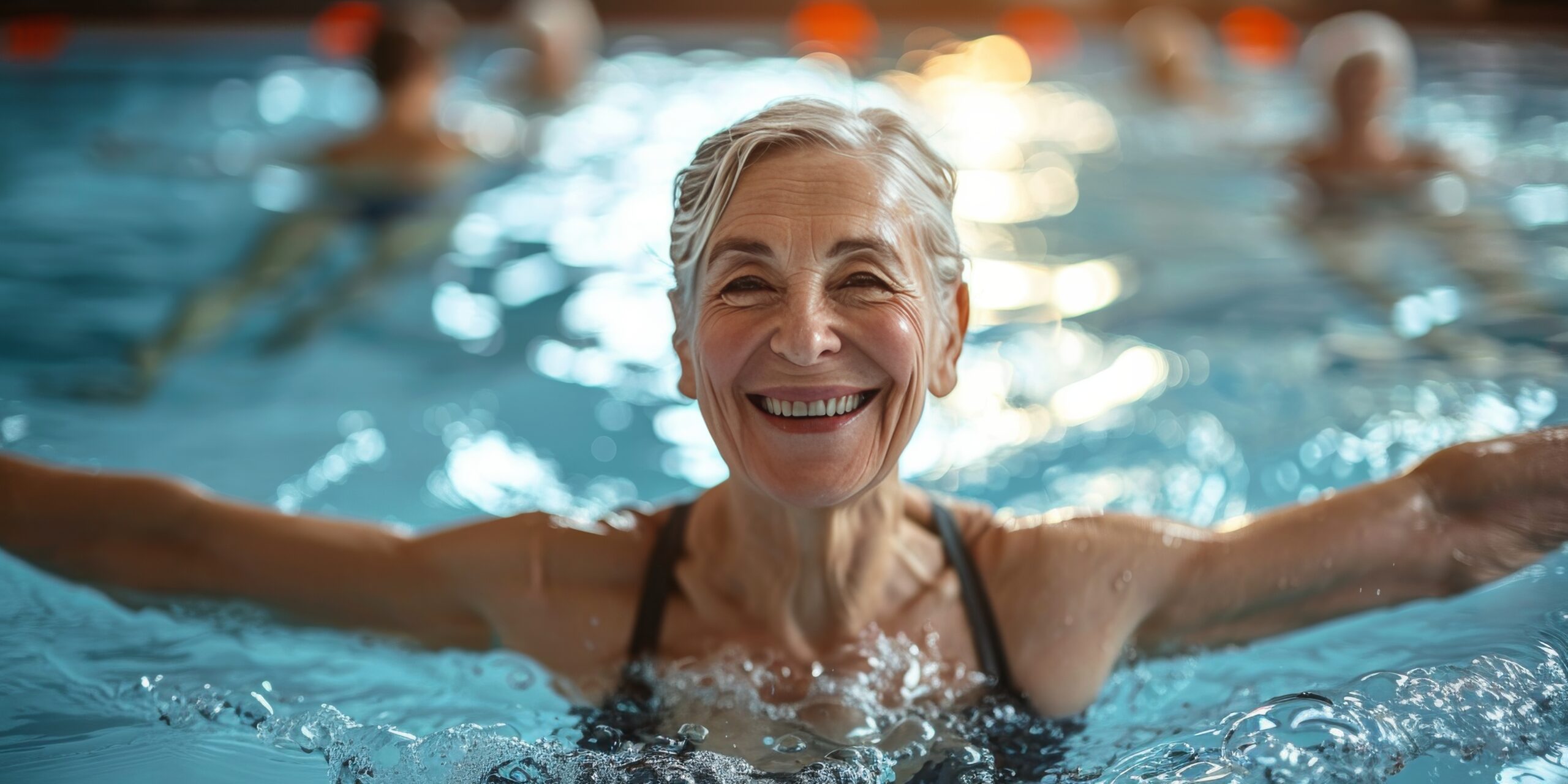Incorporating water walking into your fitness routine might just be the secret weapon you’ve been looking for. As we age, staying active becomes even more important for maintaining good health and independence. But traditional exercises can sometimes be tough on our joints. That’s where water walking comes in – a low-impact activity that delivers big benefits without the strain.
This guide dives deep into everything you need to know about water walking, from the amazing perks it offers to practical tips for getting started. So, whether you’re a seasoned exerciser or just beginning your fitness journey, this refreshing workout option might be the perfect fit for you. Let’s take a splash into the world of water walking and see how it can help you stay active, strong, and feeling your best!
Incorporating Water Walking: Your Secret Weapon for Fitness After Fifty
I’m going to let you in on a little secret: water walking is the unsung hero of low-impact fitness routines. It’s not just a way to stay cool in the summer heat; it’s also an incredibly effective way to tone up and shed pounds. As you wade through the water, you’re going to find out how every step becomes a resistance exercise. And the best part? It’s easy on the joints, making it ideal for folks of any age or fitness background.

Water walking isn’t only about pushing against the water; it also involves using the liquid’s natural resistance to build muscle and increase cardiac endurance. That’s a two-for-one deal with substantial health payoffs. In fact, studies show water-based exercises can improve joint health, flexibility, and even mental well-being. Imagine the feeling of the water around you, supporting your body in every step—it’s a full-body workout disguised as a refreshing dip.
Accessibility is a huge plus. You don’t need to be near the ocean or book a fancy aquatic center visit to reap the benefits. Community pools, your local YMCA, lakes, and sometimes even rivers can offer the right environment for water walking. It’s about choosing something that resonates with you and your lifestyle—just as you would with any other exercise routine.
Now, let’s consider the preparation phase. You might think you can just jump in and get started, but a little prep work goes a long way. In the next section, we’re going to talk about the essential gear you should have and how to find the ideal spot for your water walking adventures. This isn’t just about having the right swimsuit—it’s also about knowing the nuances of the environment where you’ll be dipping your toes. So if you want to splash your way to fitness, let’s glide into the practical aspects of water walking.
Key Takeaways:
- Low-impact exercise with big benefits: Water walking is easy on your joints but strengthens muscles, improves heart health, and boosts mood.
- Accessible and adaptable: You can find water walking spots at pools, lakes, or even some rivers. Adjust intensity with water depth, pace, or water weights.
- Start slow and have fun: Begin with short sessions (15-20 minutes) and gradually increase duration and intensity. Track progress and find a routine that works for you.
Preparing for Your Aquatic Adventure
Starting your water walking journey is exciting, but before you step into the water, you’ll want to get the proper gear. A comfortable swimsuit or water attire that allows for full range of motion is crucial. Additionally, consider water shoes to provide extra grip on slippery surfaces and protect your feet.

Next up, you’re going to need to find the right spot for your water workouts. Public pools are a great option as they often have designated lanes for different activities. If you’re seeking the tranquility of nature, a calm lake or a sheltered area of the sea can also serve as your aquatic gym. Just make sure to check the safety of these natural settings first.
Finally, whether you’re an experienced swimmer or new to aquatic exercises, a good warm-up is key to prevent injury. It’s going to include stretches that mimic the movements you’ll perform in the water, thus preparing your muscles for the workout ahead. A pre-water stretch can amp up your heart rate and get your blood flowing to ensure you’re ready for an effective session.
Integrating Water Walking into Your Life: Practical Tips
You’re looking to make water walking a regular part of your routine, right? Now, you might be asking yourself, how often should I do this? How long should each session last? Let’s break this down.

Setting realistic goals is key. If you’re just starting out, aim for water walking sessions of 15-20 minutes a few times a week. As you build your stamina, you can always extend your sessions to 30 minutes or more and increase the frequency.
If you already have an exercise routine, that’s great! You can enhance it by adding water walking as cross-training to break the monotony and provide a complementary workout. It’s a flexible activity, so whether it’s before, after, or on your rest days, it can fit in seamlessly.
Regarding intensity, water walking doesn’t always have to be laid back. Want a challenge? Use water weights or increase your pace. On the flip side, if you’re looking for something gentler, slow your stride or choose shallower water.
Remember, you can always adjust your approach down the road. It’s all about what works for your body and schedule. Are you ready to see how this fun and invigorating form of exercise can make waves in your fitness journey? Let’s get walking!
Monitoring Progress and Staying Motivated
Now, you’re well on your way to making water walking a consistent part of your life. But I’m going to tell you quite frankly, sticking with any new fitness routine can sometimes be a challenge. That’s where tracking comes into play. I cannot stress enough how useful it is to keep a log of your water walking sessions. Whether you’re a fan of old-school pen and paper or you like to keep things digital with apps, seeing your progress in black and white can be incredibly satisfying.

What about those days when you hit a slump? It happens to the best of us. When motivation wanes, remember the goals you set. If they seem too daunting, don’t worry too much about it. Break them down into smaller, more manageable chunks. It’s better to adjust your targets than to give up entirely.
And let’s not forget about the power of community. Joining a group of water walkers can foster a sense of belonging and commitment. Whether it’s an online forum or a local club, connecting with others provides a space for sharing tips, celebrating achievements, and even organizing group outings.
I really hope that you find these insights helpful as you continue your water walking journey. The key is to stay proactive about your fitness and wellness, and water walking is just one fantastic way to do that. As you go forward, keep the benefits in mind and remember that every step you take is a move toward a healthier you. Now, I’d love to hear your feedback. How has water walking impacted your life? Share your experiences and motivations with our community in the comments below. Here’s to making waves in your fitness routine!
Water Walking for Senior Fitness and Balance
As we age, maintaining balance becomes increasingly important for preventing falls. Water walking is a fantastic exercise for seniors because it specifically targets these concerns:

Improved Balance and Fall Prevention:
-
Engages multiple muscle groups: Water walking works various leg muscles, core muscles, and stabilizer muscles simultaneously. This strengthens the overall support system for better balance and coordination.
-
Constant micro-adjustments: The water’s buoyancy requires constant minor adjustments to maintain stability. This continuous engagement improves proprioception, your body’s awareness of its position in space, reducing the risk of stumbles and falls.
Fall Risk Factors Addressed by Water Walking
| Fall Risk Factor | How Water Walking Helps |
|---|---|
| Muscle Weakness | Strengthens leg and core muscles for better stability. |
| Poor Balance | Improves proprioception and coordination. |
| Fear of Falling | Provides a safe, low-impact environment to practice movement. |
Maintaining Bone Health:
- Weight-bearing exercise: Water walking provides enough resistance to be considered weight-bearing exercise. Studies suggest this can help maintain bone density, reducing the risk of osteoporosis, a common concern for seniors.
Additional Benefits for Seniors:
- Low-impact: Water walking is gentle on joints, making it suitable for those with arthritis or injuries.
- Improves cardiovascular health: Increases heart rate and circulation without excessive strain.
- Boosts mood: Exercise releases endorphins, promoting feelings of well-being and reducing stress.
- Social interaction: Group water walking classes can provide social interaction and motivation.
Incorporating Water Walking: Making Waves in Your Fitness Journey
So, there you have it! Water walking is a fantastic way to stay active, improve your overall health, and keep that youthful feeling alive. It’s gentle on your joints, effective for weight management, and surprisingly fun.

Remember, consistency is key. Even short, regular water walking sessions can make a big difference. Think of it as a cool and refreshing date with yourself, a time to focus on your well-being and feel the invigorating effects of the water.
Most importantly, listen to your body and have fun! There’s no pressure to become an aquatic marathon walker overnight. Start slow, gradually increase intensity, and don’t be afraid to experiment with different water depths and walking styles. Water walking is all about finding what works best for you.
So, are you ready to make waves in your fitness journey? Grab your swimsuit, find a local pool or calm water spot, and get ready to experience the many benefits of water walking. You might just surprise yourself with how much you enjoy it!
Frequently Asked Questions
Is water walking really a good workout?
Absolutely! Water walking is a low-impact exercise that’s easy on your joints but still works your whole body. It can help with weight management, build muscle, and even improve your mood.
I'm new to exercise. Can I still do water walking?
You bet! Water walking is a perfect way to begin your fitness journey. It’s gentle and easy to learn, but it can still give you a great workout.
How often should I go water walking?
Start slow and listen to your body! Aim for 15-20 minute sessions a few times a week to begin with. As you get stronger, you can extend your walks or go more frequently.
What if water walking gets boring?
Water walking can be fun! There are ways to add variety, like using water weights or walking in different depths of water. You can even find groups to walk with for some social motivation.
Dive Into Senior Fitness!
Looking for fun, effective workouts to stay fit after 55?
Head over to our website, fit-after-55.com, for engaging content, product reviews, and a supportive community passionate about water walking and more!
Join the conversation on our Facebook page (link in bio) and discover a world of senior health and fitness inspiration!
